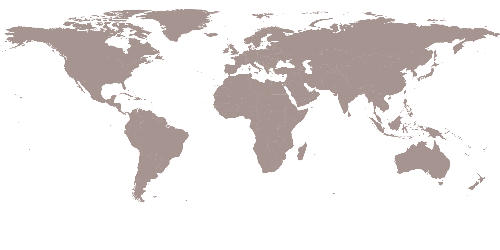An ingenious solution in an age marked by climate change and rising global sea levels.
Holcim Awards 2014 jury for North America
Superstorm Sandy overwhelmed New York City and surrounding regions in 2012 and caused USD 65 billion in damages in the USA. The federal government issued Rebuild by Design, an unprecedented call to action to not only repair but to enhance preventative measures and encourage collaboration across agencies.
The Dryline mediates between perceived opposing forces (growing cities and exposure to extreme weather) so they can work together. Neighborhoods in the floodplain can strategically grow to provide coastal protection while improving commercial, recreational, and cultural resources. The project proposes a protective ribbon around Manhattan: the Westside down to The Battery and up the Lower East Side (LES).
The Dryline bundles infrastructure with localized civic needs, improving at-risk waterfront communities for well-balanced living. It comprises multiple design opportunities; each on unique scales of time, size, and investment; each neighborhood tailoring its own set of programs.
The Dryline of three components: BIG Bench; Battery; and Berm. BIG Bench is a continuous protective element adapted to local context that mediates new and existing infrastructure. It is designed like street furniture: practical yet playful. The Battery features protective landscape anchored by an iconic museum. The Berm rises 4 meters by the highways allowing a park-scape to connect coast and community with harbor paths and greenways. Ultimately, The Berm will cap the highway.
The Dryline project was submitted in the Holcim Awards 2014 under the title BIG U.
Project Status: Stage One Completed – Mid-2023
The BIG U project in New York City, designed by the Bjarke Ingels Group (BIG) with multiple international partners, including One Architecture, was recognized with the Holcim Foundation Awards in 2015. Responding to the devastation caused by Hurricane Sandy in 2012, the BIG U addresses the city’s vulnerability to rising sea levels and extreme weather events with a creative solution that could be replicated in other at-risk coastal cities worldwide.
The Holcim Foundation Awards recognized the BIG U project for its innovative approach to integrating what Bjarke Ingels, Creative Director & Founder of BIG, calls “social infrastructure” into what is typically an engineering-driven area of sustainable design. Ingels sits down to discuss the project in detail with the Holcim Foundation.
The Big U avoided any sense of siloed thinking of doing some utilitarian, ugly flood protection, building a wall around Lower Manhattan that incarcerates the life of the city from the water around it. What it aimed to do instead was design all the necessary engineering in such a way that it would also make the city more liveable and more enjoyable for citizens.
Holcim Foundation: Could you please share with us the story behind the BIG U.
Bjarke Ingels: Yes. The Big U, or as we have nicknamed it, the Dryline, is the idea of designing all the necessary protection measures for Lower Manhattan so that all of the required engineering is present to withstand the next Hurricane Sandy. We wanted to create a design to make the waterfront more accessible and more enjoyable for all the people who live and work along the waterfront of Manhattan.
You have people from all walks of life inhabiting this waterfront. You have Wall Street investment bankers. Along the Hudson River, you have Battery Park City and Tribeca, a very affluent neighborhood; along the East Side, you have a series of public housing projects. These house some of the more socially challenged inhabitants of Manhattan. Because of the topography of Manhattan, the East Side was the most vulnerable and flooded during Hurricane Sandy.
For a project to keep Manhattan dry, we knew exactly what needed to happen in terms of protection measures. But on the other hand, we knew all the different user groups, all of the different NGOs, all of the various public housing projects, and their representatives – and we wanted to be inclusive with all these groups. We reached out to them and gathered this large group of voices for whom this would be their future waterfront, and we co-designed the Dryline in dialogue with them.





























































